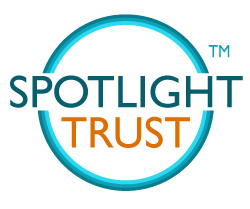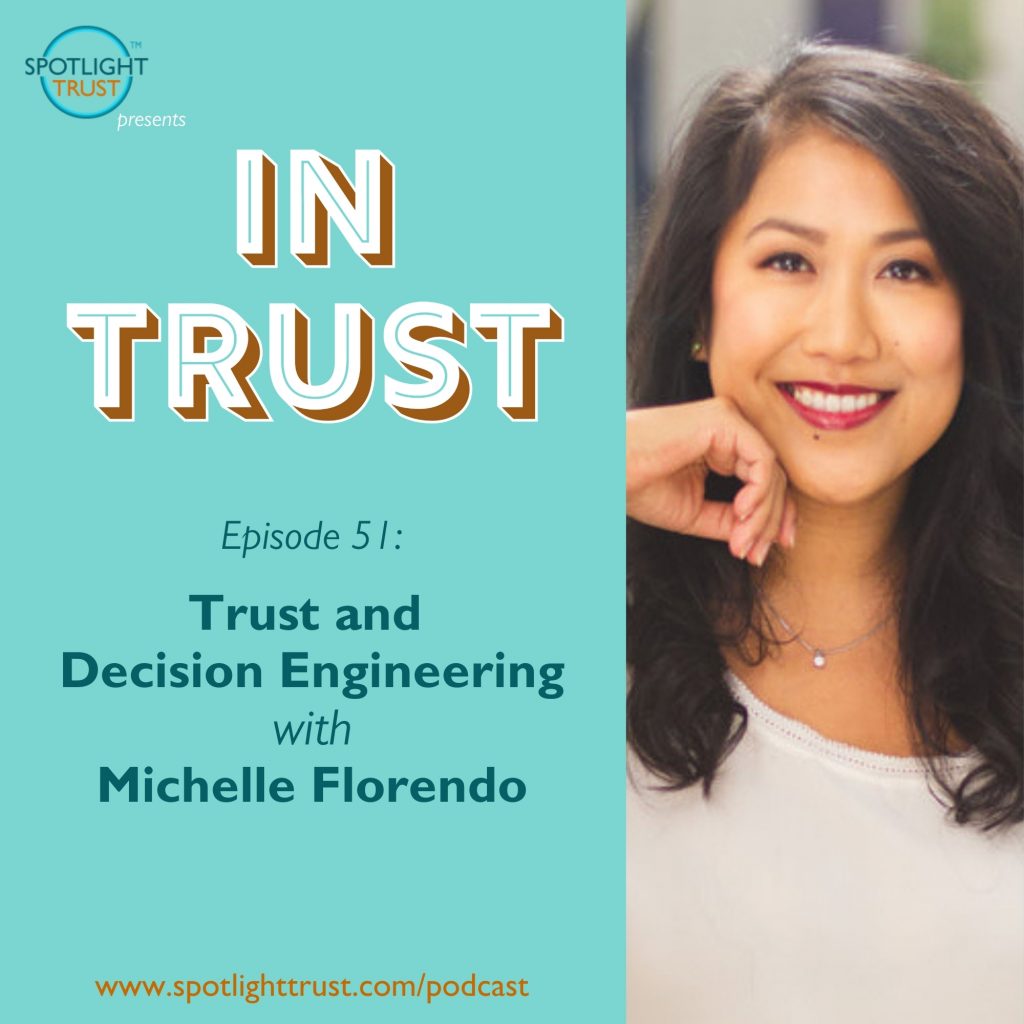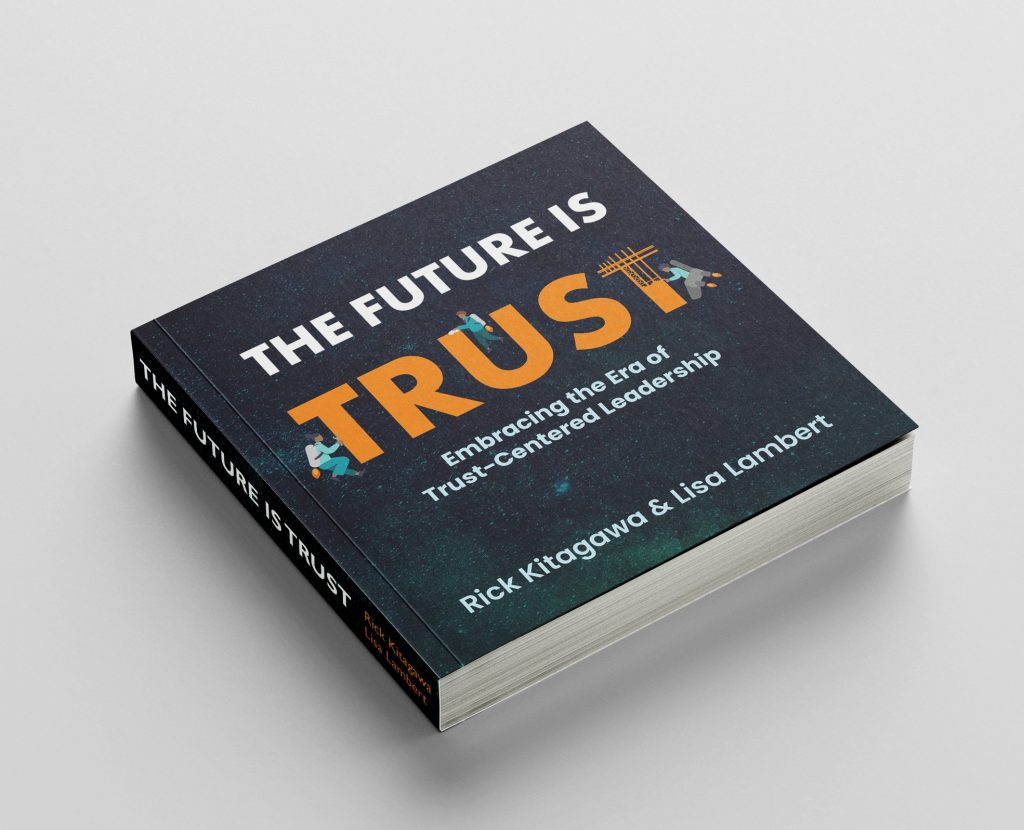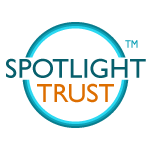How do you untangle big, messy decisions?
How do you make collective decisions within organizations that everyone can get behind, even if they disagree?
Who better to ask these questions to then Michelle Florendo, a decision engineer and award-winning coach for type-A professionals (who also happens to host a podcast called Ask a Decision Engineer). Michelle uses a blend of decision engineering, design thinking, and lean startup principles to help her clients achieve their goals. Michelle has guest-taught on career decision making in Stanford’s famous Design Your Life course, was a founding member of the Forbes Coaches Council, coaches for Startup Parent, and teaches a course on decision making for Stanford Continuing Studies.
In our conversation we talked about the relationship between trust and decision making, why decision making is less like shooting an arrow and more like steering a ship, and what defines a quality decision.
If you’re looking to make better quality decisions as a leader and with your organization, then you won’t want to miss this episode of In Trust.
Overview of Episode 51: Trust and Decision Engineering with Michelle Florendo
Talking Points
- What is a decision engineer and how Michelle came to be one
- How Michelle provides people with structure and clarity needed to untangle big, messy decision
- The major pitfalls and barriers in the way many of us make decisions
- How decision making has changed over the last hundred years
- Different styles of decision making
- Elements that facilitate collective decision making and how trust comes into play
- People’s frustrations around decision making within organizations
- The three components of every decision
- The importance of dialogue and having a shared language when it comes to organizational decision making
- What makes for a quality decision
- How emotions play into decision making
- The importance of leaning in, even when we don’t trust ourselves
- Why decision making is less like shooting an arrow and more like steering a ship
Quotables
“There’s more decisions that we need to make every single day than people who lived even 100 years ago. There’s more options than ever before. There’s more information available. And somehow because there’s more information available, it seems even higher stakes, like, ‘oh, we should be able to use the information at hand and make the right decision.’ So there’s even more of an expectation to make a right decision, which leads to more of a fear of making a wrong decision, which then leads to more paralysis, more stress, and more just stuckness.” – Michelle Florendo
“We just call it feeling feelings because sometimes we can’t name the feeling.” – Michelle Florendo
“I don’t have any sort of value judgment on people who take a lot of time to think through decisions versus people who are more comfortable making a decision on the fly. I think they’re just different styles due to however we may have been socialized or just what our internal comfort is.” – Michelle Florendo
“What level of trust do we have with our leaders that they will make decisions that are good for all and what level of trust do we have in the people who report into us who we will likely have to delegate decisions to?” – Michelle Florendo
“There’s an opportunity to have better conversations about decisions, but in order to have better conversations about decisions, we need to have the right language for being able to disentangle not just what is it that someone thinks we should do, but why.” – Michelle Florendo
“If people within organizations are better equipped with the language [of decision-making] and of having that dialogue, it can foster more empathy, more trust, more discussion, and convergence on what might be the right course of action. And even when there is disagreement, at least if there were dialogues that were had at that granular level, at least it can be okay. ‘We disagree, but we understand why.’” – Michelle Florendo
“There is a distinction between the quality of the decision and the quality of the outcome. When we conflate the two is actually one of the things that produces a lot of stress in the decision making process.” – Michelle Florendo
“There’s a common myth out there around the quality of the decision is the same as the quality of the outcome. Meaning if the outcome is good, the decision must have been good. If the outcome was bad, the decision was bad. But that’s not actually true.” – Michelle Florendo
“There’s a general distrust of emotions, but I think in the journey of becoming better at decision making, becoming more confident in decision making, being able to commit to actions around the decision making, that’s all an emotional journey. You cannot calculate your way to being a better decision maker. Often the pitfalls and the blocks and the barriers are emotional ones.” – Michelle Florendo
“What gets people stuck is that a lot of people feel like, ‘oh, I can’t make a decision or I can’t move forward until I know it’s going to be the right decision.’ That type of mindset is one where they’re treating decision making like shooting an arrow. ‘I need to get it to hit the bullseye, because if it doesn’t, it’s been a total miss.’ But the thing is, decision making is less like shooting an arrow and more like steering a ship. ‘I’m gonna make a decision. I gotta go this way, and then I get hit by a wave. Well, okay nevermind. I don’t want to go that way. I’m gonna make another decision. I could go this way.’ It’s never just one decision and we aim and we let go. Even if life were that way, it would be super boring.” – Michelle Florendo
Show Notes
- Michelle Florendo’s website
- Michelle’s podcast, Ask a Decision Engineer
- Daniel Kahneman’s book Thinking, Fast and Slow
- McKinsey article on Nine keys to becoming a future-ready company
- Decision Education Foundation
- Carl Spetzler, author of the book Decision Quality
- Barry Schwartz’s book The Paradox of Choice – Why More Is Less
This episode sponsored by:
The Future Is Trust
Embracing the Era of Trust-Centered Leadership
There’s a lot of uncertainty about the future, but one thing we are sure about is that The Future Is Trust. Which also happens to be the title of our Amazon bestselling book: The Future is Trust: Embracing the Era of Trust-Centered Leadership.
This reimagination of what a leadership book can be sheds light on:
- Why Trust: Why now, what’s changed, and what do we have without trust?
- What is Trust: The act of trusting–how it inspires belonging, resilience, and collaboration.
- How to Build Trust: Starting with ourselves, the foundational tools to wire all of our connections for trust.
Visit out thefutureistrust.com to order your copy and access special bonuses.







